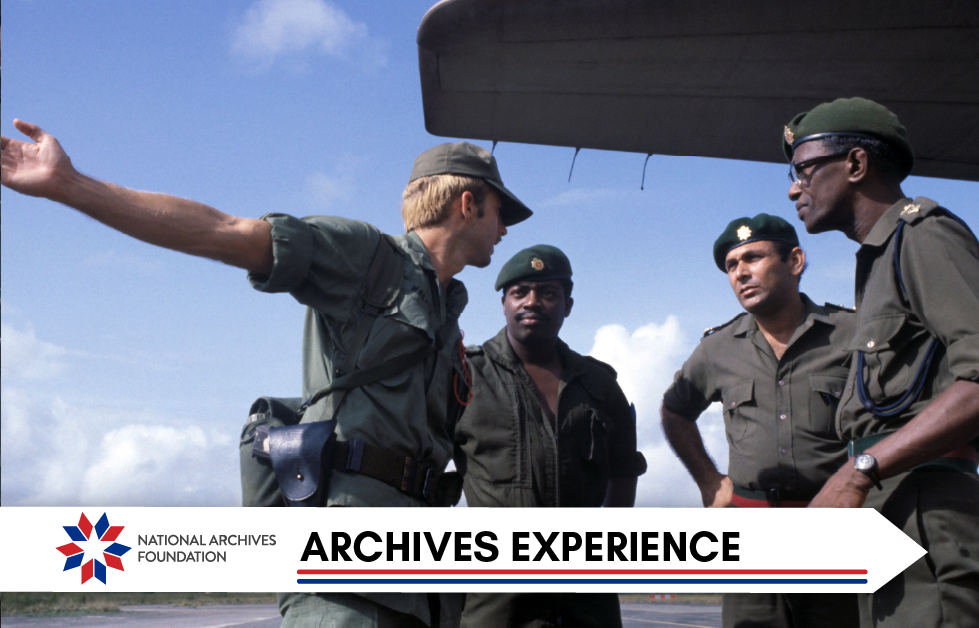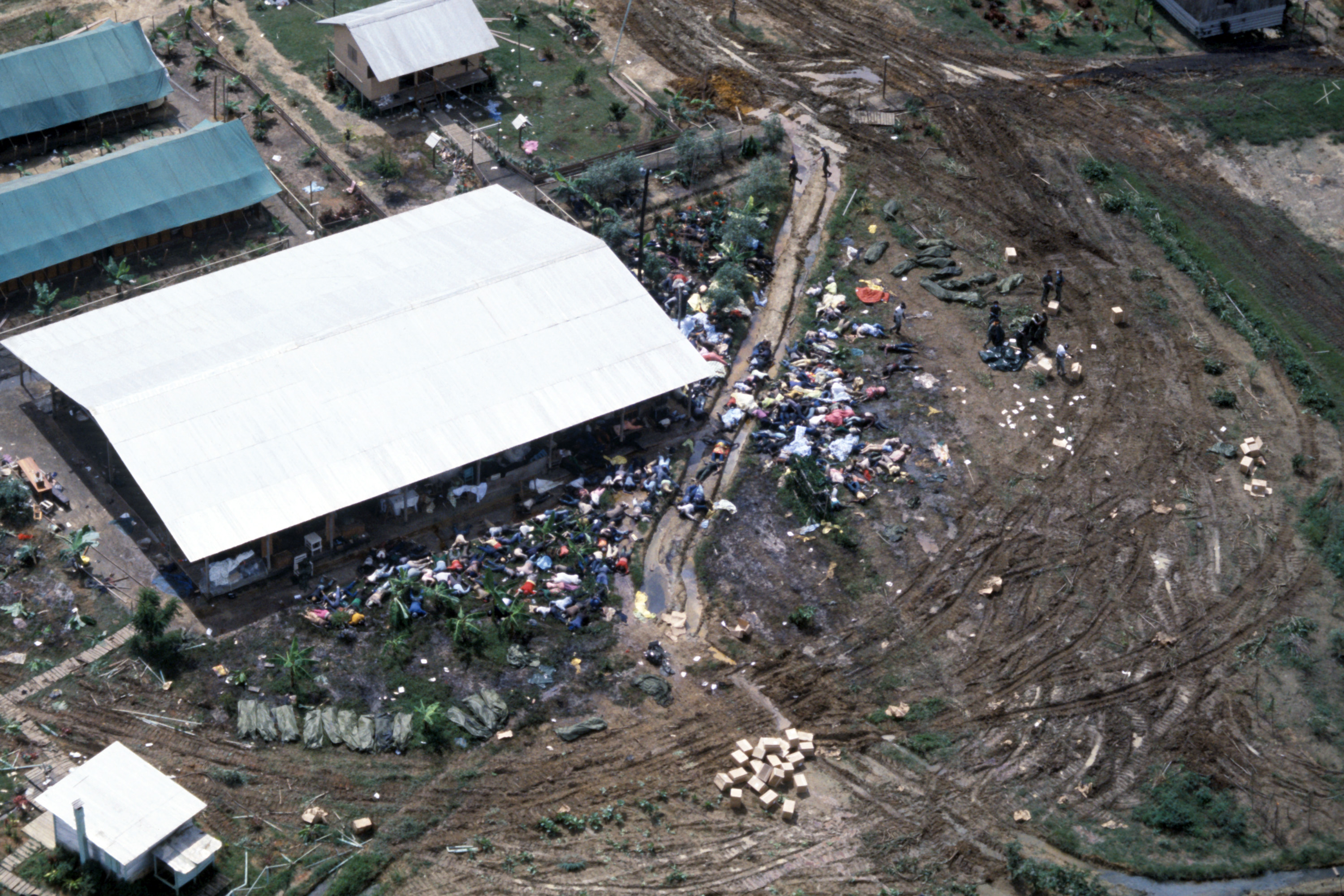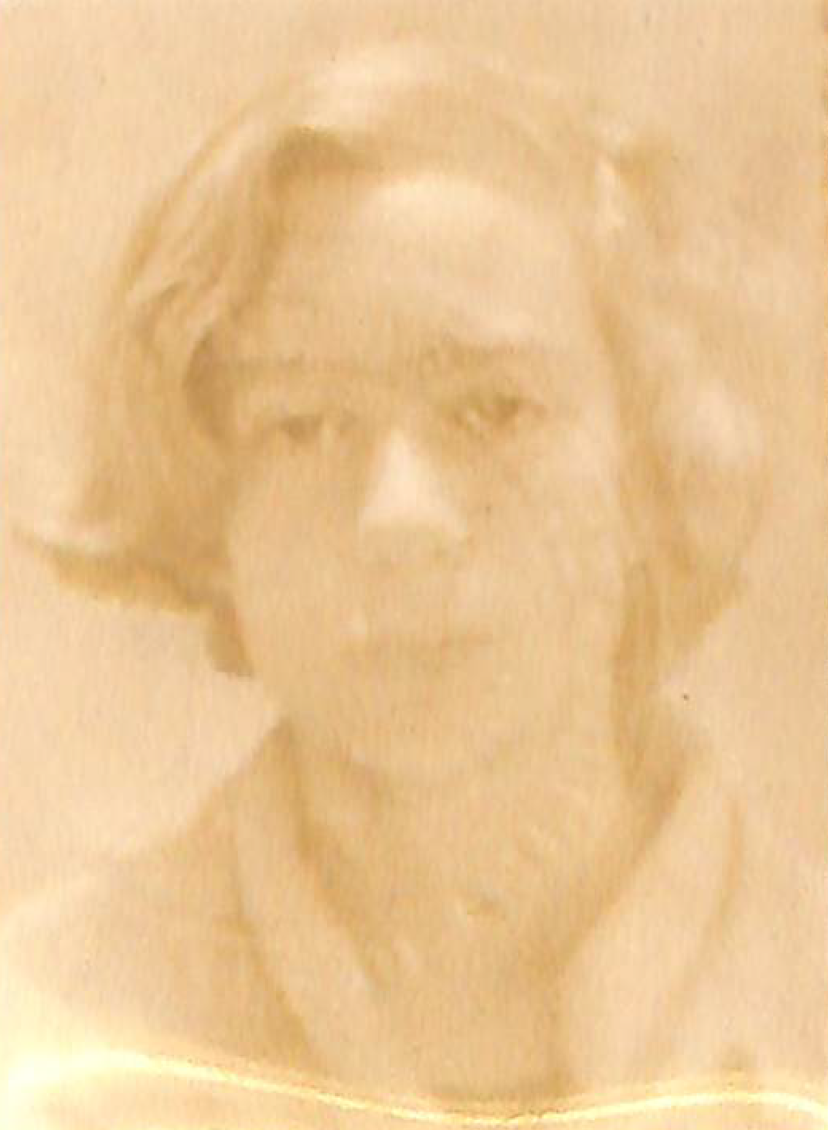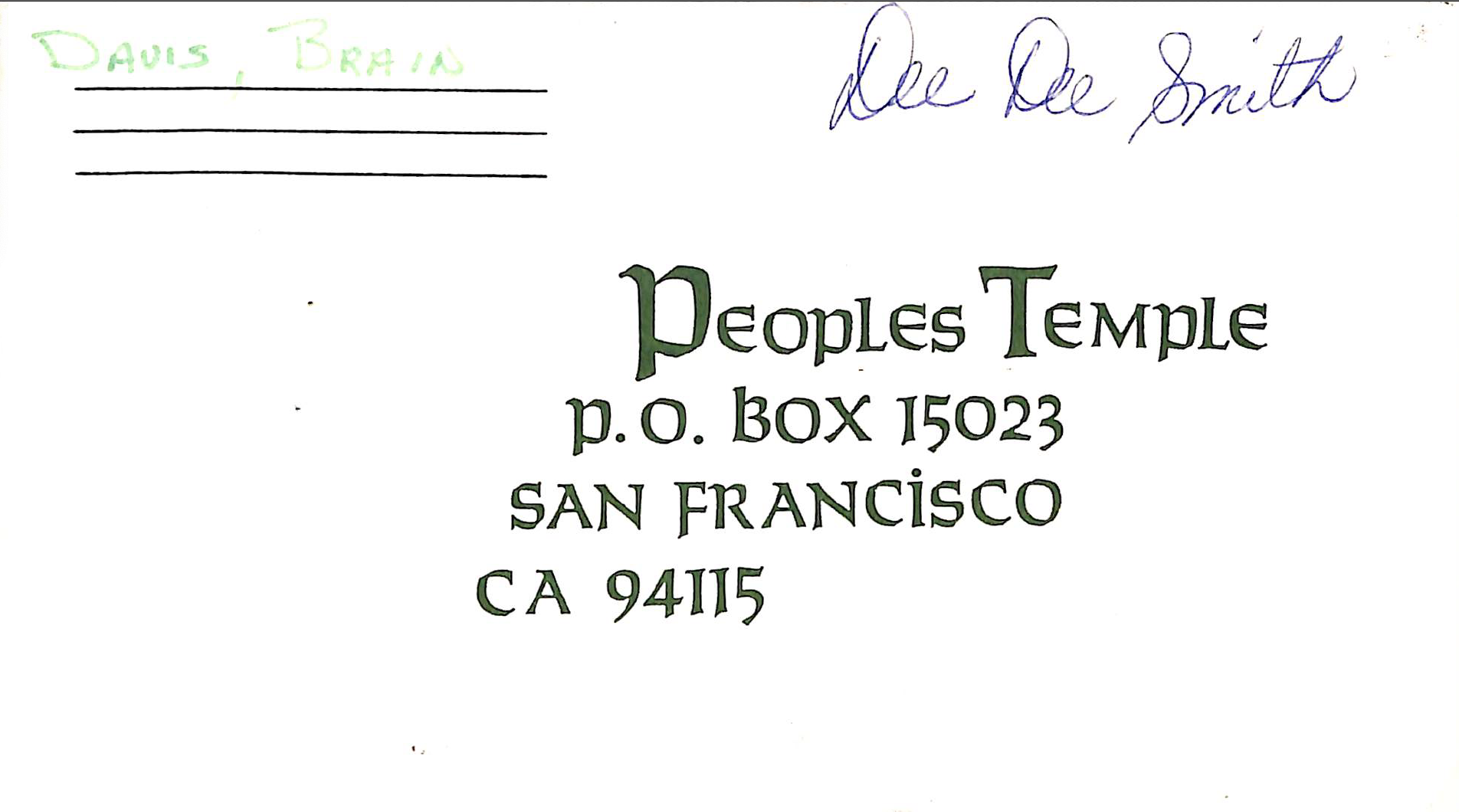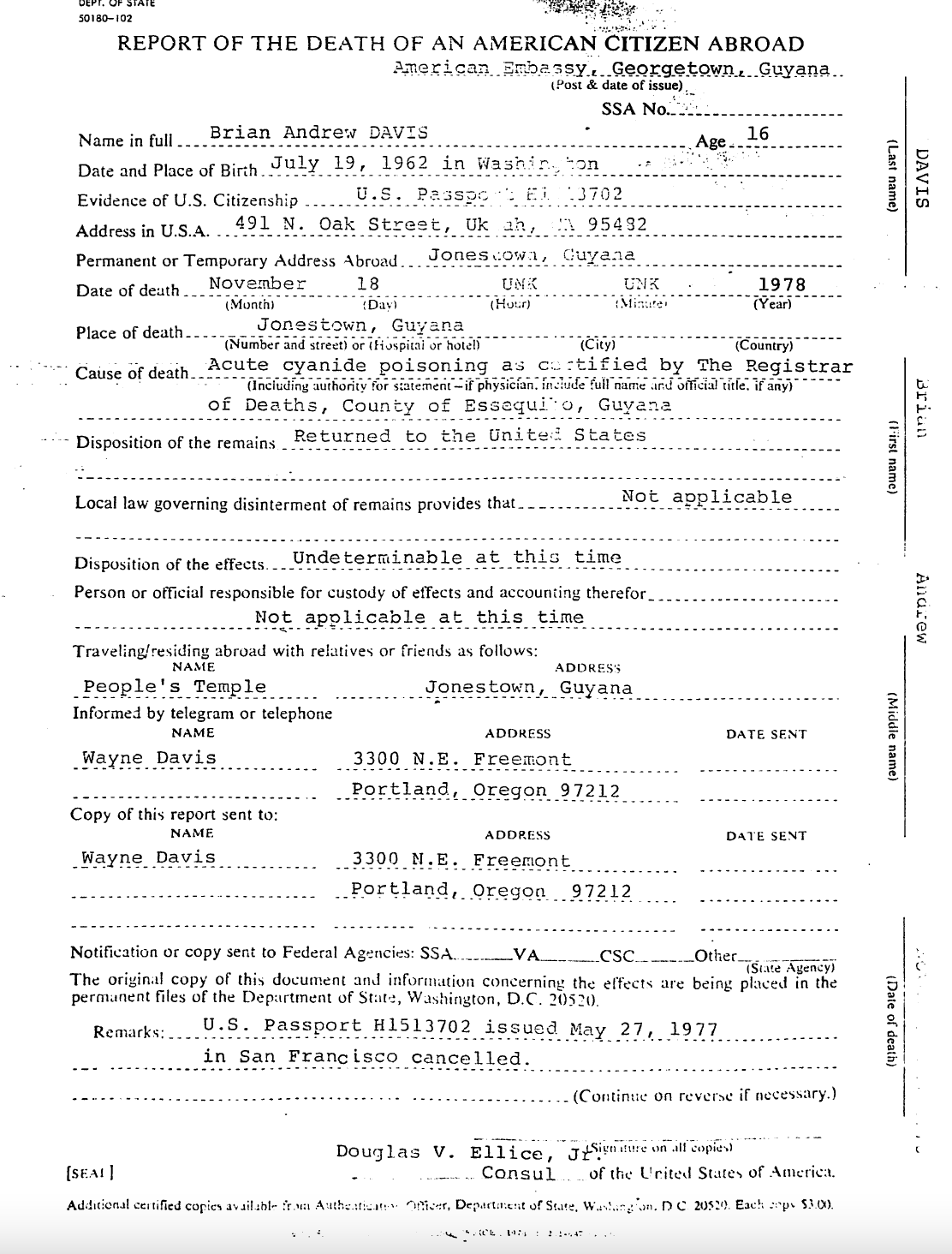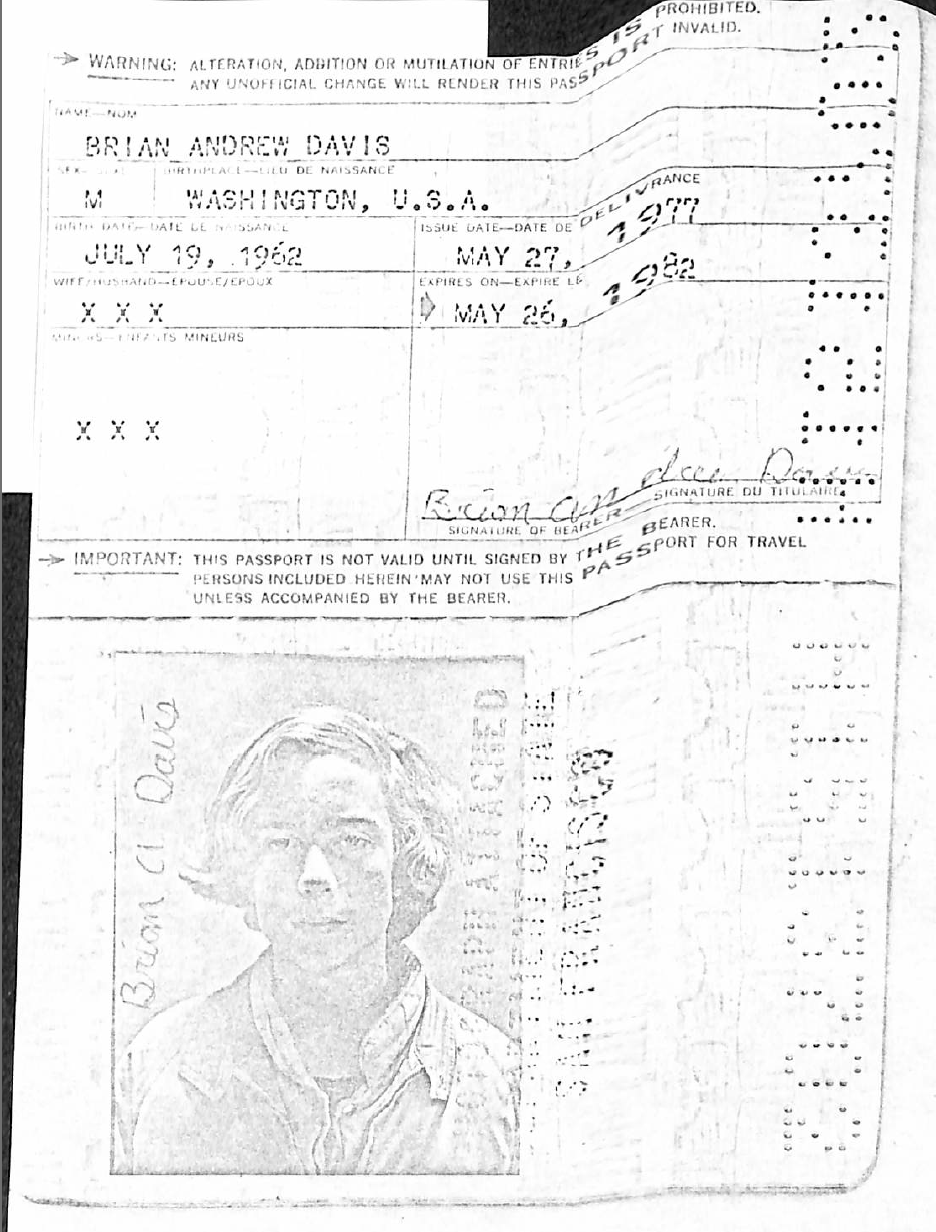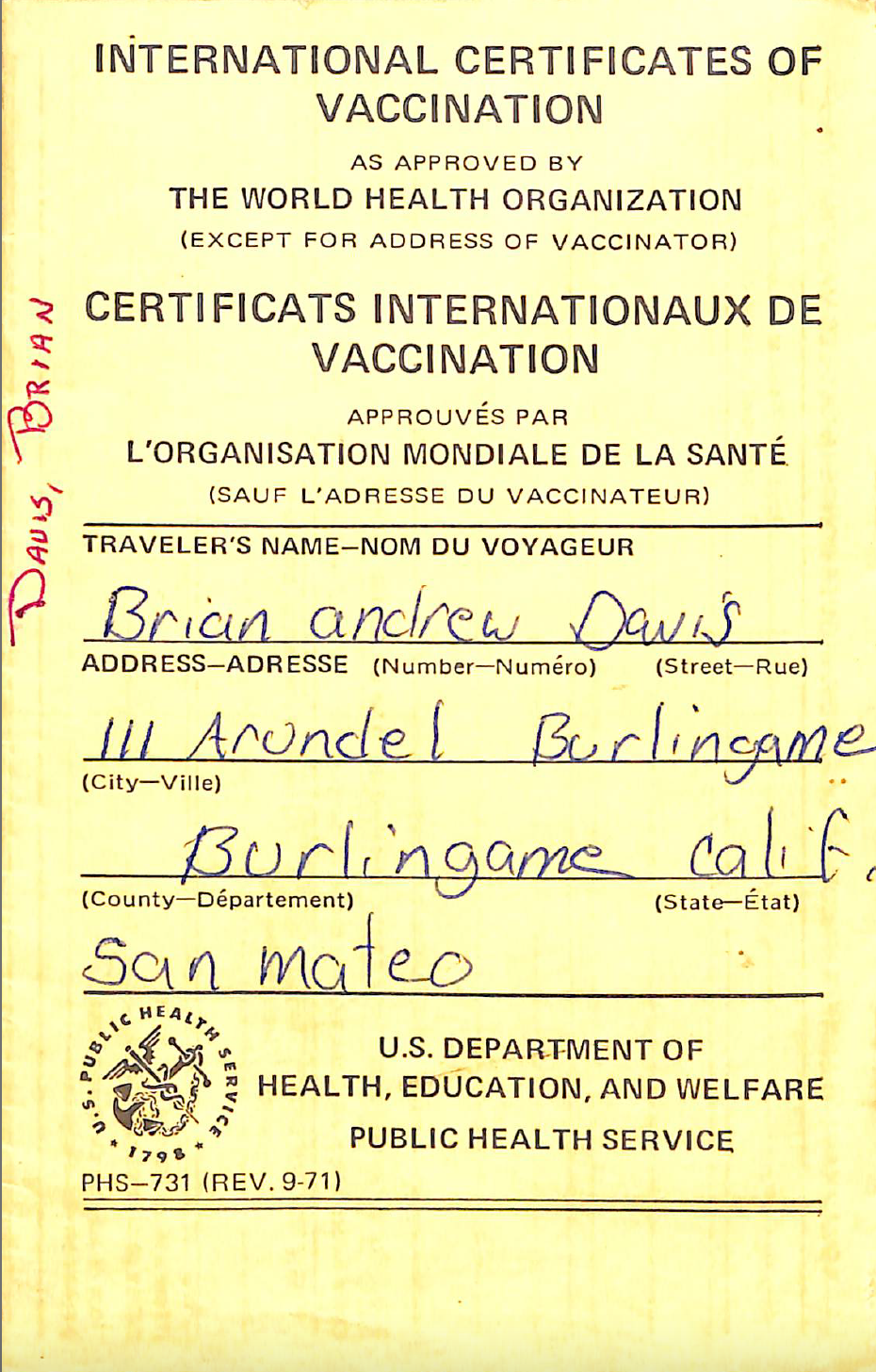Archives Experience Newsletter - November 14, 2023
Congressional Courage and a Tragedy in Guyana
On November 18, 1978, the abuses of the People’s Temple culminated in the mass death of 918 Americans halfway around the world. Few words immediately evoke horrified fascination, but “Jonestown” is one of them. Though the tragedy took place almost 50 years ago, people today are still trying to make sense of what happened deep in the jungles of Guyana…
This edition mentions suicide and contains images that may be upsetting. Read with care.
In this issue
Representatives from an organization called Concerned Relatives, flew to Georgetown…
Who was Jim Jones?
The mass murder-suicide that put a dramatic end to the People’s Temple at Georgetown, Guyana, began in Indianapolis, Indiana, where Jim Warren Jones founded his first church in the mid-1950s. Jones was born in Crete, Indiana, on May 13, 1931. His family experienced extreme financial difficulties, and to find some kind of stability in his life, Jones was attracted to various religions throughout his childhood and high school years.
While working as an orderly at Reid Hospital in Richmond, Indiana, Jones met Marceline Mae Baldwin. They married in 1949, and together, they launched themselves into a Methodist ministry. Jones was soon dismissed, however, allegedly for stealing funds. He affiliated himself with the Pentecostal Assemblies of God and with the Latter Rain Movement, which embraced faith healing, prophesizing, and speaking in tongues.
Jones’ teachings were based on Christian revivalism and socialism, but he had no theological training, and in the end, his church, the People’s Temple, was not affiliated with any denomination. An unusual aspect of the church was that it was completely racially integrated. In 1960, after locals criticized him for his integrationist views, Jones moved the church to Ukiah, California. Throughout the 1970s, Jones opened temples in San Francisco and Los Angeles. He also ingratiated himself with politicians and the press.
However, word began to leak out that members of the temples were abused, humiliated, blackmailed, and even beaten, and many were forced to give their property to the temple. Jones was profoundly paranoid—he was convinced that the U.S. government, particularly the CIA, was spying on him. He threatened his followers if they dared to think of leaving the temple, and he also took massive amounts of drugs, which just aggravated his paranoia.
Isolation and Paranoia in Guyana
In 1973, he established another headquarters in the jungle near Georgetown, Guyana, and began sending members of the temple there in the late 1970s. In 1977, facing scrutiny from the press, which had begun to hear about his ill-treatment of the members of the temple, Jones himself moved to Guyana with hundreds of his followers.
Once at the People’s Temple in Guyana, Jones created an entirely autonomous community that answered to no one, including the Guyanese authorities. Officials at the U.S. Embassy in Guyana were concerned about it because nobody could penetrate Jones’ defenses and determine if the members of the temple were all right.
In fact, Jones was becoming ever more paranoid. He regularly conducted drills to be carried out in case the compound was overrun by Nazis, vigilantes, the KKK, the CIA, or other U.S. government forces. On at least two occasions, he made all the members of the temple line up and drink a red liquid that he told them was laced with poison that would kill them within an hour. He had been receiving shipments of cyanide for years, long before the temple relocated to South America. When the members didn’t die, he told them he had been testing their loyalty to him and to the temple.
The Last Intervention
In November 1978, Leo Ryan, who was California’s member of the House of Representatives from its 11th district, decided to investigate the People’s Temple because he had been receiving complaints about how members from his district were being treated there. He and 18 others, including people from his office, members of the press, and representatives from an organization called Concerned Relatives, flew to Georgetown. When they attempted to go to the People’s Temple, they were told that they would not be permitted to enter, but Ryan insisted that he was going to the temple whether he was welcome or not.
Source: NARA’s Text Message blog
In the end, Ryan, Jackie Spier, his legal advisor, the journalists, and four of the Concerned Relatives were allowed to enter the temple, while the rest of the delegation waited in Georgetown. Ryan and his group soon determined that things were not what they seemed at the temple—Jones went on a long rant about the government’s interference with the temple, and several of the members passed notes to the delegation asking them for help leaving the temple.
The next day, when Ryan, his group, and the members who wanted to leave the temple boarded a truck to go to the airport, they were attacked. They managed to fight off their attackers and escape, but when they got to the airstrip, they were assaulted again. Five people, including Ryan and three journalists, were killed by gunfire, and 11 others were wounded.
Jones then ordered the members of the temple to line up and drink cups of grape Flavor Aid (nope, it wasn’t Kool Aid) laced with cyanide, sedatives, and tranquilizers. Jones himself died of a gunshot wound to the head, although whether it was self-inflicted has been debated. More than 900 people died in the mass murder-suicide.
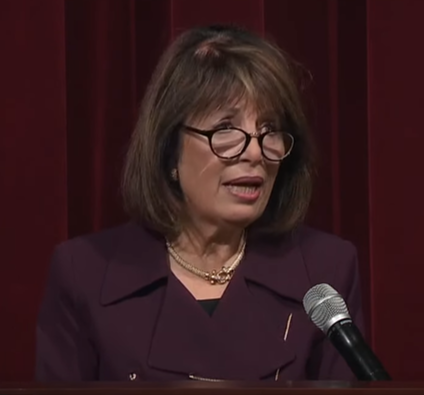
Congresswoman Jackie Spier speaks at the National Archives on November 4, 2019
Jackie Spier, one of Ryan’s congressional aides, survived the shooting at the airstrip by playing dead as the assassins walked through the bodies of those they had shot. She waited 22 hours for help to arrive. While she waited, she made an act of contrition and waited to die, but she survived. Her experience cemented her resolve to live a life devoted to public service. She first ran unsuccessfully to fill the vacancy created by Leo Ryan’s death. She was elected to the San Mateo County Board of Supervisors in 1980 and then to the California State Assembly in 1986. She was elected to the California State Senate in 1998 and to the U.S. House of Representatives in 2008, in which she continued to serve until announcing in 2021 that she would not seek reelection in 2022.
The U.S. military collected most of the bodies of the dead, including Jones’ body, and transported them to Dover Air Force Base in Delaware. More than 400 of those who died are buried at Evergreen Cemetery in Oakland, California, in a mass grave.
National Archives Identifier: 259913705
President Ronald Reagan remarks upon authorizing the award of the Congressional Gold Medal to Congressman Leo Ryan
Source: Reagan Library
The mass murder-suicide at Jonestown elicited massive coverage by all branches of the media for months after the event.
The House Permanent Select Committee on Intelligence investigated the mass murder-suicide at Jones and declared there was no CIA involvement in the event. Nevertheless, the horrific events of Jonestown have continued to loom large in the American psyche.
See Congresswoman Jackie Spier’s remarks at the National Archives about her book Undaunted: Surviving Jonestown, Summoning Courage, and Fighting Back
(1 hour 1 minute 30 seconds)





